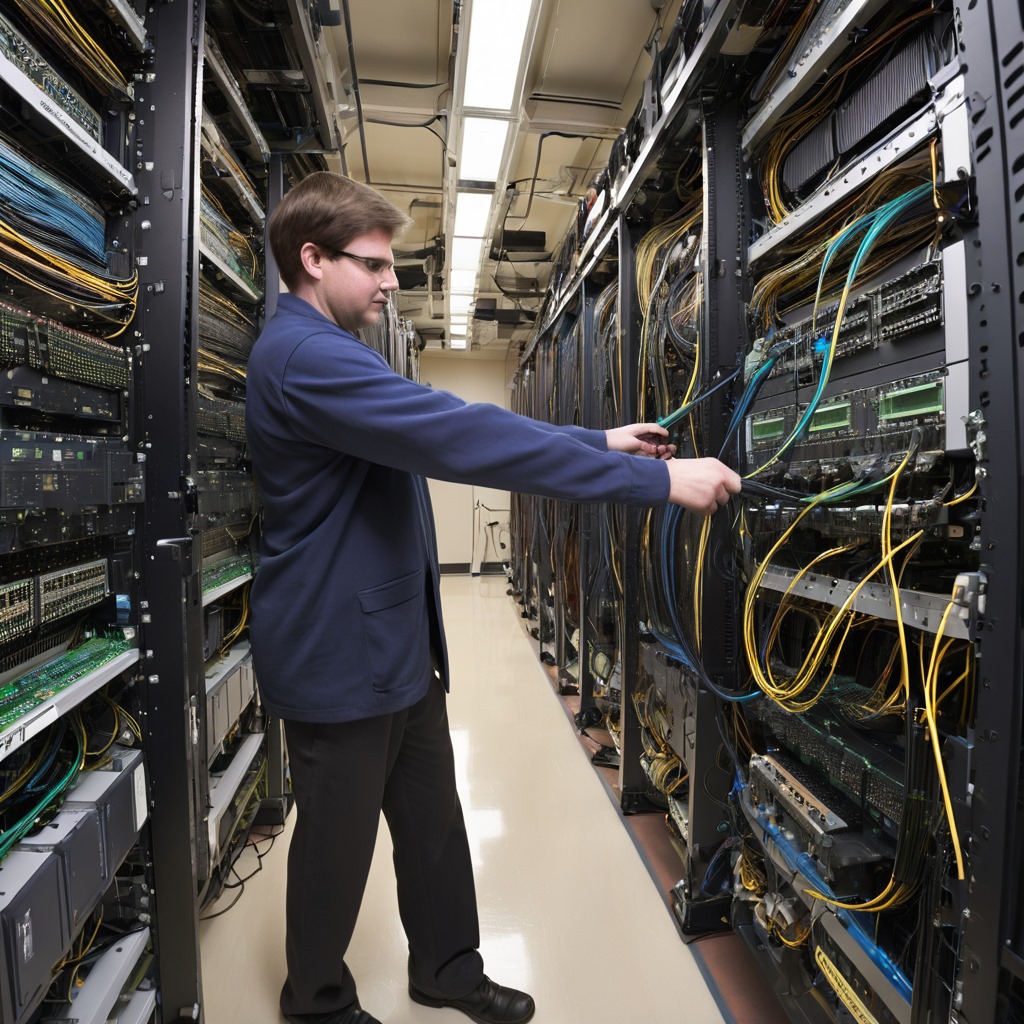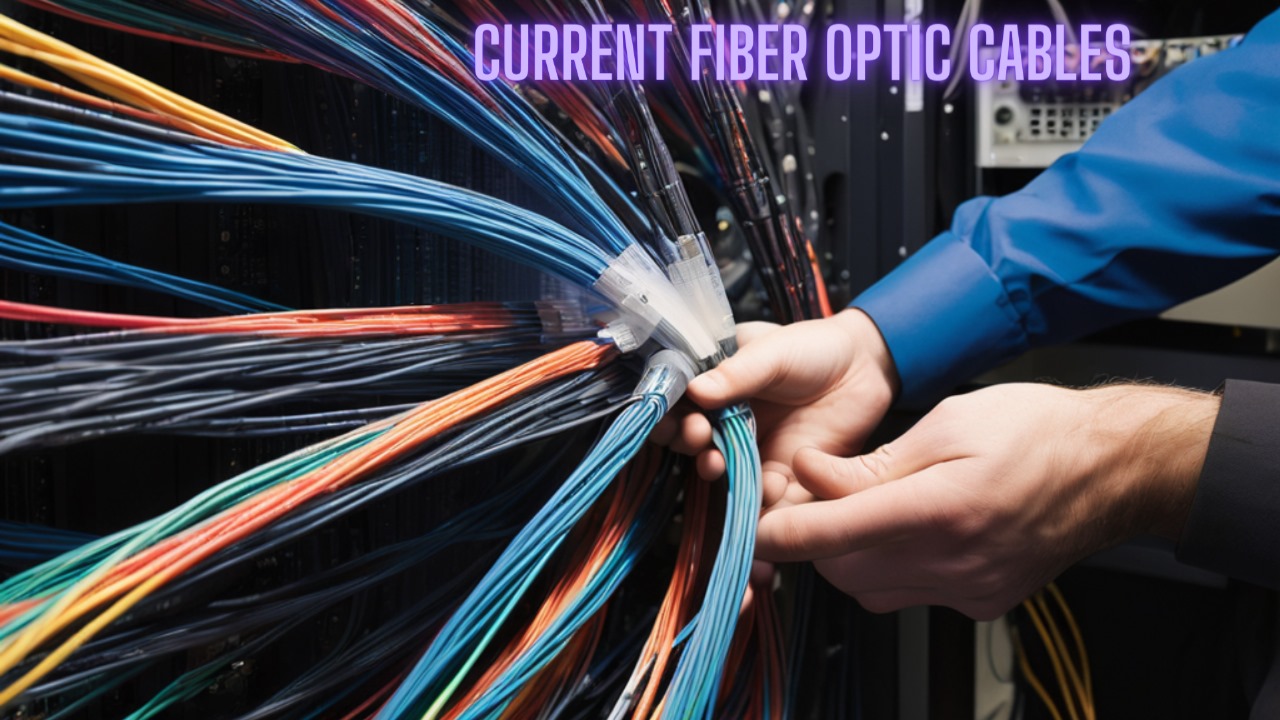Using the same fibre optic cables that support our global internet infrastructure, scientists have made a staggering technological advancement: they have reached a milestone in internet speeds of 301000 gigabits per second (Gbps). This amazing accomplishment, led by a group of forward-thinking researchers, holds the potential to unleash a new era of connectivity that surpasses our present capabilities and redefine the possibilities of data transmission. Since they can use light energy to transfer enormous volumes of data at blazing speeds fiber optic cables have long been heralded as the foundation of contemporary telecommunications. However, until recently achieving genuinely ultra-fast internet speeds has remained a distant dream despite their enormous potential. Modern technologies and creative thinking have come together to unlock the full potential of the current fibre optic infrastructure, which is at the core of this revolutionary development.
The use of orbital angular momentum (OAM) multiplexing, a cutting-edge method that adds a new dimension to data transmission, is foremost among these. In fiber optic cables data is traditionally encoded using changes in light pulse intensity phase or polarization. But by encoding data in the twisted form or vortex of light beams OAM multiplexing expands on this idea. Scholars can transmit multiple data channels simultaneously through a single optical fiber greatly increasing its capacity and efficiency by giving distinct twist values to individual data streams. OAM multiplexing has far-reaching implications providing a quantum leap in data transmission capabilities that could transform a multitude of industries and applications.
There is an almost endless potential for innovation and disruption in fields such as cloud computing instantaneous file transfers and streaming ultra-high definition video. Still reaching 301000 Gbps internet speeds is no easy task and calls for more than merely improvements in encoding methods. Due to the potential for signal performance to be compromised by noise dispersion and attenuation signal processing is essential in preserving the integrity and quality of data transmission over long distances. Researchers have created advanced artificial intelligence and machine learning-driven signal processing algorithms to tackle these problems. These algorithms ensure dependable and robust data transmission even in the most demanding circumstances by dynamically optimizing signal quality mitigating noise and compensating for signal degradation in real-time.
Moreover the unprecedented internet speeds that have been made possible are largely due to the progress made in optical networking technology. For example multiple data streams can be transmitted simultaneously over different light wavelengths within the same optical fiber thanks to the dense wavelength division multiplexing (DWDM) systems which essentially doubles the capacity and throughput of the fiber. Furthermore the efficiency and dependability of data transmission over long-haul fiber optic links have been greatly improved by the implementation of coherent optical communication systems which make use of sophisticated modulation formats and error correction techniques. With unmatched accuracy and fidelity these systems extract and decode data from optical signals using intricate digital signal processing algorithms.

The evolution of internet speeds has been largely driven by the widespread adoption of fiber optic infrastructure in addition to technological advancements. A vast global network of interconnected fiber optic links has been created over the past few decades thanks to large investments made in the installation of fiber optic cables across continents and oceans. Currently serving as the internets backbone this vast fiber optic network allows data to be seamlessly exchanged between remote locations at a speed and efficiency never before possible. Fiber optic cables are becoming indispensable to our increasingly interconnected world from undersea cables that span continents to terrestrial fiber networks that weave through cities and rural areas. Notwithstanding these noteworthy accomplishments there is still a long way to go before we have ultra-fast internet.
Even though 301000 Gbps internet is a huge advancement it might still be years before this technology is widely used. Before ultra-fast internet becomes available to the general public issues like cost scalability and compatibility with current infrastructure must be resolved. Furthermore the emergence of next-generation technologies like satellite internet and 5G wireless networks may further alter the telecom environment by providing substitute ways to reach remote communities and underserved areas with high-speed internet. Nevertheless the recent success in reaching 301000 Gbps internet speeds is a striking example of the scientific community’s inventiveness tenacity and teamwork. By continuously pushing the limits of technological capability researchers are opening up new avenues for connectivity and laying the groundwork for a time when everyone will have access to ultra-fast internet.

Leave a Reply